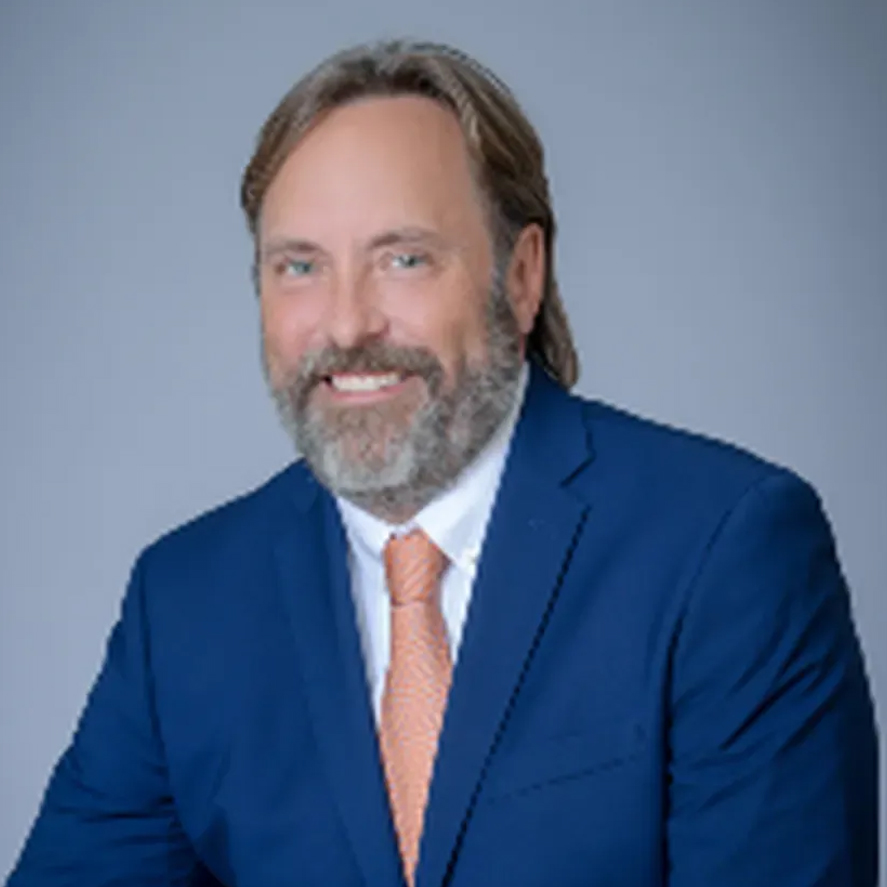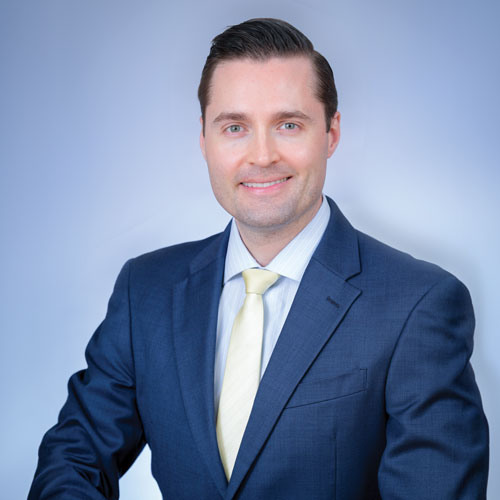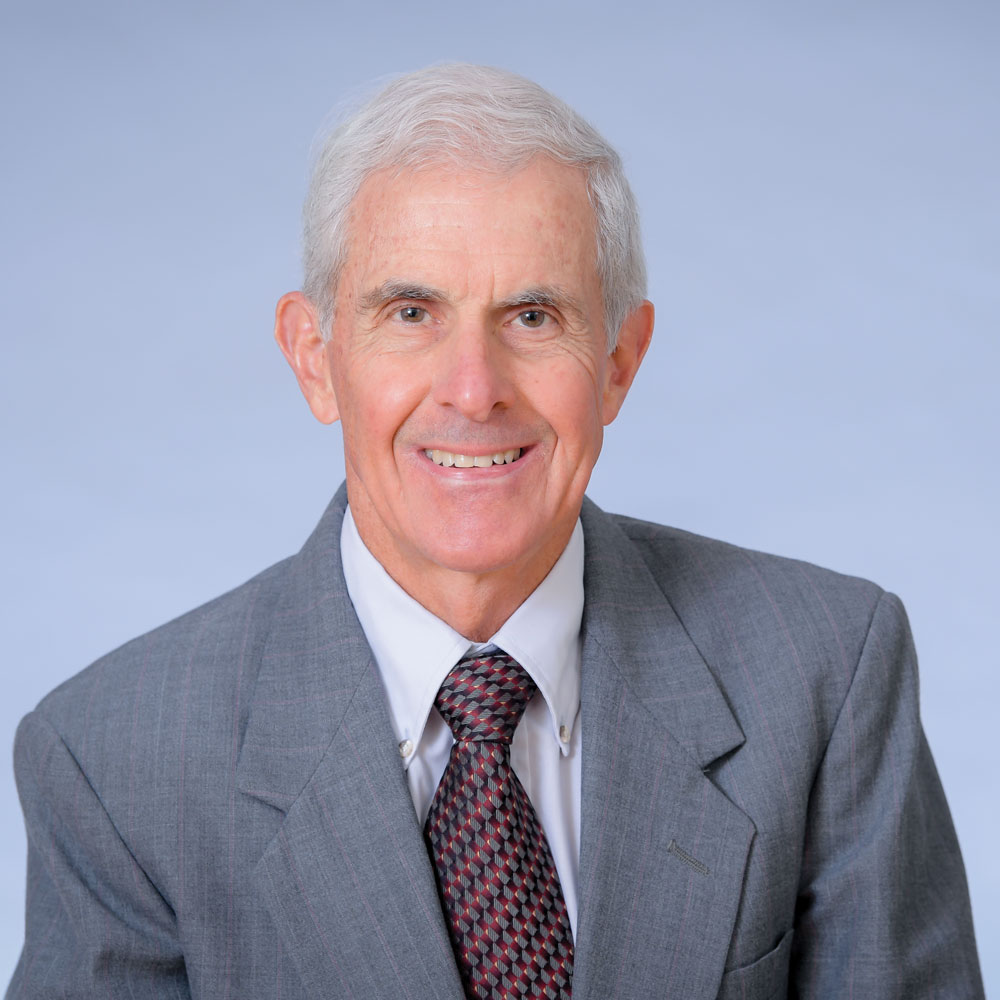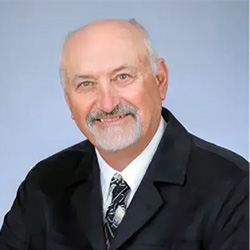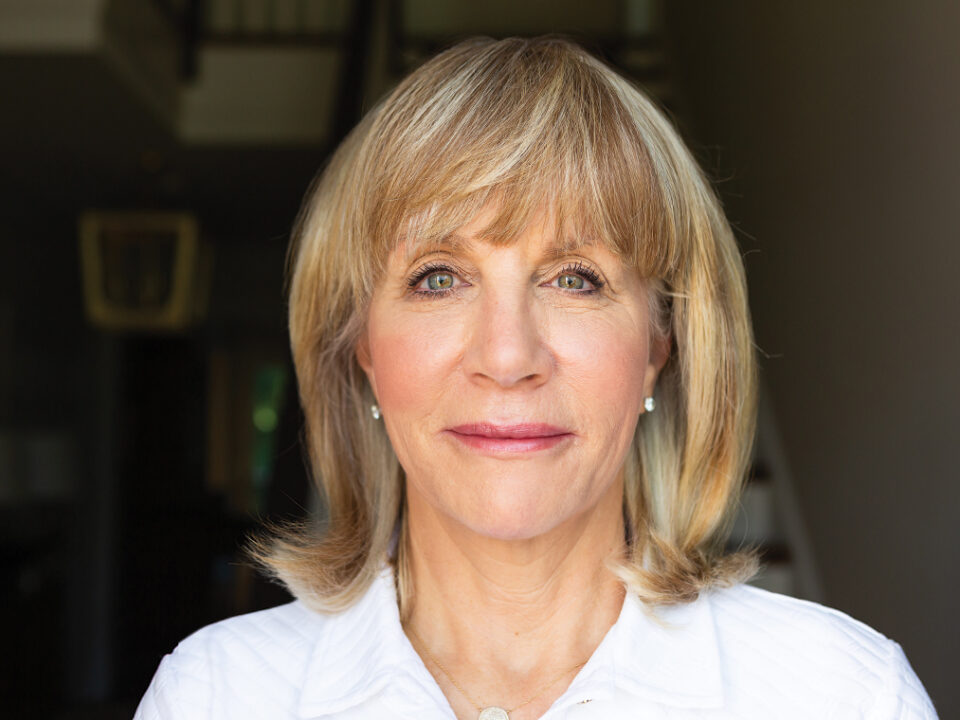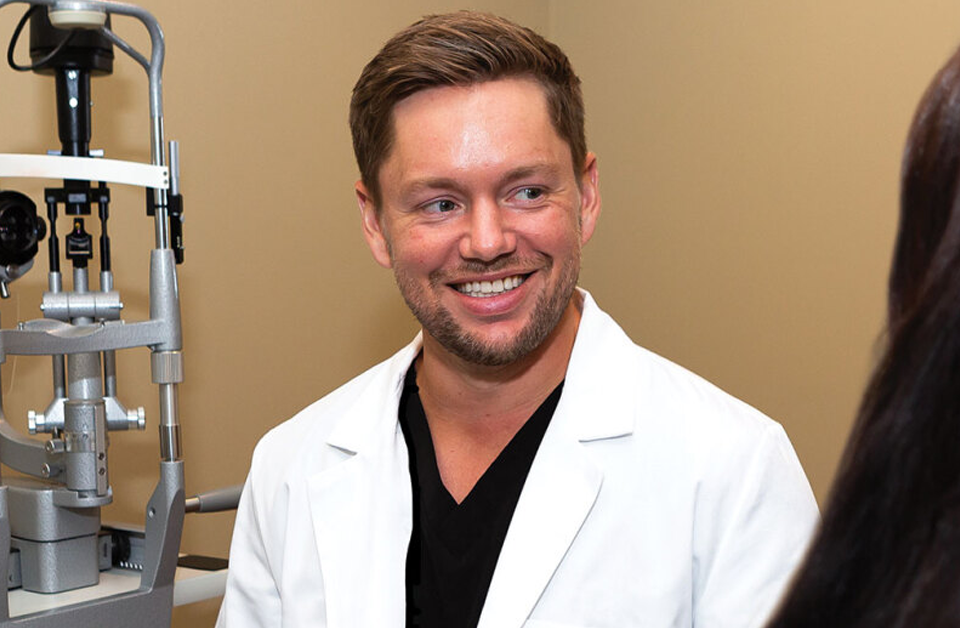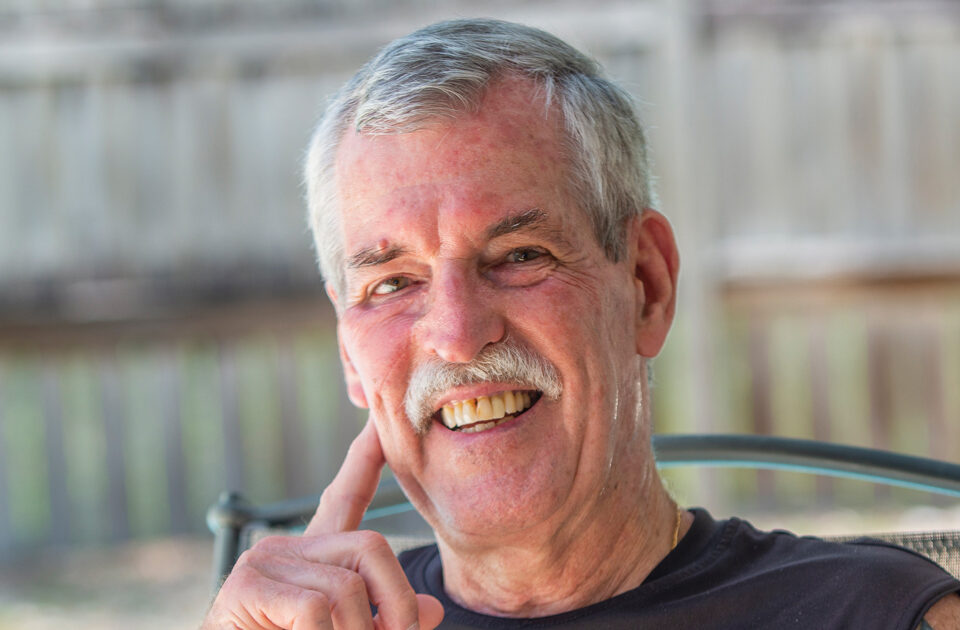
Sandwiched inside of Pilar Turner’s three terms on the Vero Beach City Council was a one-year run as mayor, a largely ceremonial position – chosen by and from among council members – that still comes with a share of demands.
“I was mayor during a very volatile time,” says Pilar, a council member from 2010 to 2016 and mayor in 2011-2012. “While I was in office, we were trying to sell the city’s electric utility, and it was quite challenging.”
Challenging indeed because that sale wasn’t finalized until two years after Pilar left public service. But Pilar, 68, is recognized as one of the leaders who pushed that deal forward to help reduce residential electric rates.
Pilar’s political career was borne of her great love for Vero Beach, which became her home after she retired from an engineering career. Pilar was involved in the design, construction, and operation of offshore oil and gas platforms.
Among the things Pilar loves most about Vero Beach is the eye care she receives at the Center for Advanced Eye Care, where William J. Mallon, MD, has long been her opthalmologist. That association proved critical a year ago when Pilar’s vision began to fade.
“I got to a point where I needed to wear my glasses for everything,” Pilar laments. “I needed them to read, to see clearly in the distance, everything. I was having trouble seeing clearly at night, too.”
During a visit with Dr. Mallon, Pilar learned that the cause was cataracts, a clouding of the eye’s lens that develops naturally because of a breakdown of lens fibers, a clumping of their proteins or both.
“Next-Level Stuff”
Cataracts usually result in blurred vision, an increase in the eye’s sensitivity to light and/or a reduction in the vibrancy of colors.
The only way to correct the problem is through a complex, yet routine, surgery typically performed on one eye at a time, with a break of a week or two in between. Each procedure takes about 10 minutes and is done with the patient awake, using anesthesia eyedrops.
During each surgery, an ultrasonic device is used to break the clouded lens down into small pieces, which are gently vacuumed out of the eye. The lens is then replaced with an artificial intraocular lens, or IOL.
Like contact lenses, IOLs are available in various focusing powers. Standard IOLs correct primarily for distance vision, but patients can have one eye fixed for distance and the other for reading, an option called monovision.
A third option is a multifocal IOL. Most are bifocals that correct distance, or reading or intermediate vision. However, there are advanced multifocal options for distance, reading and intermediate vision.
The most advanced IOL is the light-adjustable lens. With this option, vision can be adjusted several times in the weeks following surgery to ensure the best outcome.
“This is the best I’ve ever seen. I have perfect 20/20 distance vision.” – Pilar
“The light-adjustable lens provides us with the opportunity to give patients a choice,” Dr. Mallon observes. “If they want perfect distance vision but also want to be able to read at 12 inches and see the TV at 14 feet, we can actually dial that in for them.”
The adjustments that allow the patient to reach those objectives are made a few weeks after surgery during a relatively routine visit in which the lens power is customized and locked into place using ultraviolet light.
“The lens is made of a polymer that allows us to adjust the power by shining this UV light onto it,” Dr. Mallon educates. “So, whatever prescription the patients wants, we put that into the program, put the patient up to the light, and the treatment is done in a few minutes.
“The patient does need to come back and visit us multiple times to get the preferred vision locked in. But for patients who are looking for an exact outcome, this truly is a miracle of modern science. It’s next-level stuff, for sure.”
The light-adjustable lens also allows for some correction of astigmatism, an imperfect curvature of the eye that can cause blurred vision, eye strain or even headaches.
It’s also a good option for patients who have had previous refractive surgeries, such as LASIK (laser-assisted in situ keratomileusis), LASEK (laser epithelial keratomileusis) or RK (radial keratotomy), which is why Dr. Mallon recommended it for Pilar.
“Selecting the right IOL for patients who have had LASIK, LASEK or RK surgery can be very challenging,”
“For patients who are looking for an exact outcome, this truly is a miracle of modern science.” – Dr. Mallon
Dr. Mallon notes. “But this light-adjustable lens takes all the unknown out of it, and in Pilar’s case, we were able to give her the 20/20 outcome she wanted.”
Achieving that outcome was difficult in Pilar’s case because she has undergone RK and LASIK. But Pilar is thrilled with the outcome. The light-adjustable lens has given her what she describes as “the best vision of my life.”
“This is the best I’ve ever seen,” Pilar confirms. “I have perfect 20/20 distance vision, and the only time I need to wear glasses of any kind is when I need to read the fine print on something. I could not be happier with the results of my surgery.”
Another Happy Beneficiary


Jordan Pysz / ifoundmydoctor.com Mary Ann’s vision improved markedly following cataract surgery.
Pilar isn’t the only cataract patient benefitting from Dr. Mallon’s recommendation of the light-adjustable lens. Mary Ann Heilman, a 79-year-old retired nurse who learned she had cataracts about three years ago, is now seeing her best, too.
“The first time I noticed a problem was early last year, when I started having trouble reading street signs while driving,” Mary Ann remembers. “Not long after that, I started having trouble seeing anything clearly.
“When I first learned I had cataracts, I was told I would know when the time had come to get them taken care of, and that was my sign. I decided to get the ball rolling, and that’s when I first went to see Dr. Mallon.”
Recommended to her by another ophthalmologist at the center, Dr. Mallon recommended the light-adjustable lens for Mary Ann after learning she had undergone LASIK.
“We also found a little astigmatism in one of her eyes,” Dr. Mallon reports. “In the end, she wanted monovision so she could see clearly in the distance and read without glasses. By changing the power of her lenses, we got her what she wanted.”
Dr. Mallon describes the results as “phenomenal,” and Mary Ann agrees. She required two adjustments to get there but says the time invested was worth the payoff.
“I can read street signs again; my reading vision is fabulous, and even colors are brighter,” Mary Ann enthuses. “Everything is so much clearer than it was before. I could not be happier with the results.
“And I’d like to add that I am a big fan of Dr. Mallon and his staff. Everyone in his office is so nice and professional. They make you feel at ease. I gladly recommend him and the light- adjustable lens.”





